16 Athletes Who Took the Biggest Pay Cuts in Sports History
In sports, the money often tells the story. Multi-million-dollar contracts, hefty endorsements, and signing bonuses grab headlines. But what about the athletes who willingly took less to achieve more? These athletes don’t measure their success by dollar signs but by loyalty, legacy, or the pursuit of something greater. Here are some extraordinary instances where athletes made financial sacrifices for the bigger picture.
Dwyane Wade
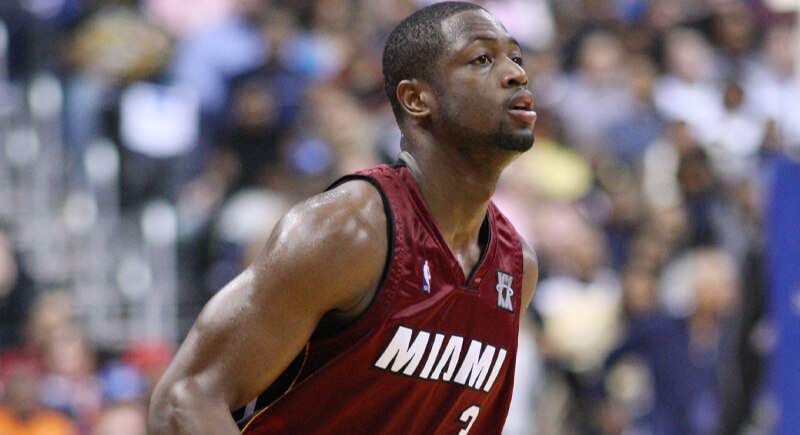
Credit: Wikimedia Commons
In 2010, Dwyane Wade had every reason to demand a max contract with the Miami Heat. He was the franchise’s cornerstone, already an NBA champion, and one of the league’s top scorers. Yet, when LeBron James and Chris Bosh became available, Wade took a $15 million pay cut to make the numbers work. This unselfish move brought Miami four consecutive Finals appearances and two titles.
LeBron James
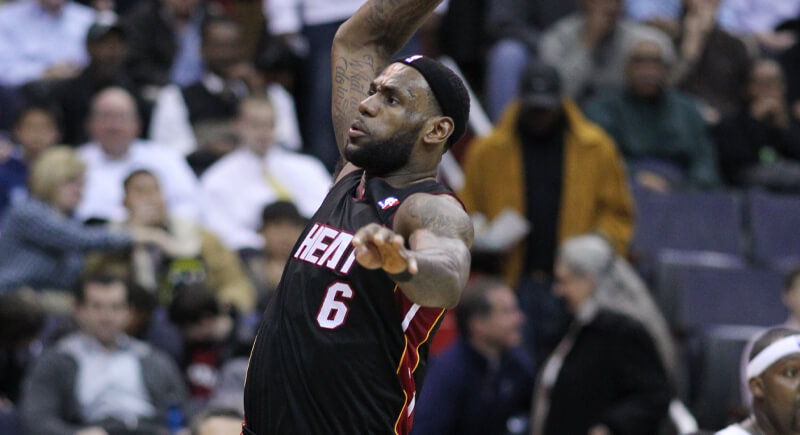
Credit: Wikimedia Commons
LeBron James’ decision to join the Miami Heat in 2010 was a seismic shift in the NBA. To make it happen, LeBron accepted a $15 million pay cut. For a player of his caliber, this was a monumental move. Critics called it a shortcut to success, but LeBron’s bet paid off: two titles in four years.
Chris Bosh
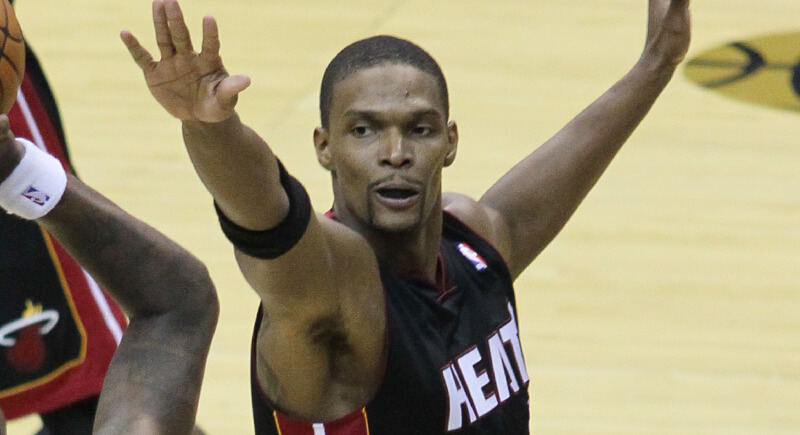
Credit: Wikimedia Commons
Chris Bosh was at the peak of his career when he joined Miami in 2010. As a dominant scorer and rebounder, he could’ve demanded a great deal elsewhere. Instead, he left $15 million on the table to align his salary with Wade and James. The main purpose of his pay cut was for him to redefine himself for the good of the team.
Dirk Nowitzki
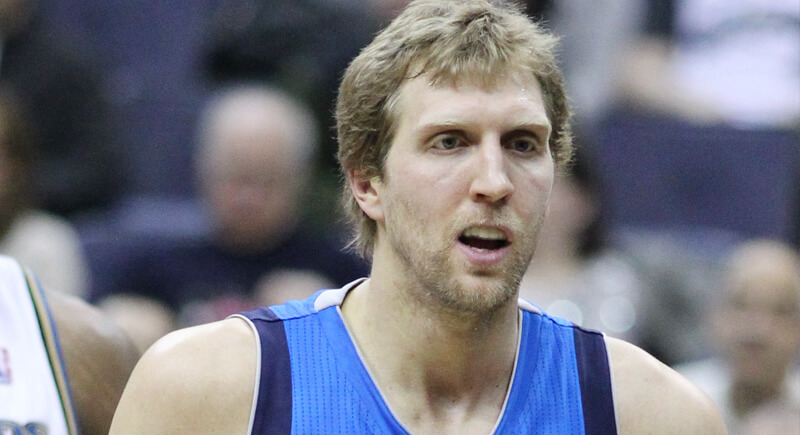
Credit: Wikimedia Commons
Few players have loyalty like Dirk Nowitzki. After leading the Mavericks to their first championship in 2011, Dirk didn’t chase higher paychecks. Instead, in 2014, he signed a three-year deal worth just $25 million—a fraction of what he could’ve earned elsewhere. Why? To give Dallas cap space to build a competitive roster. Dirk’s sacrifice wasn’t a one-off; it defined his entire 21-season career with the Mavericks.
Jered Weaver
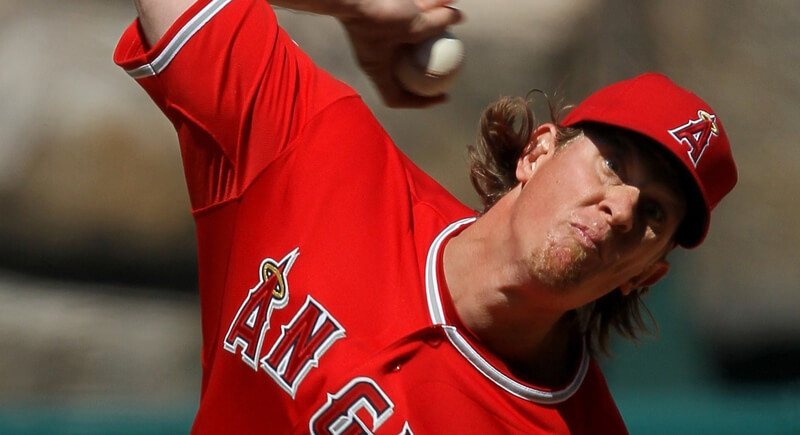
Credit: Facebook
In 2011, Jered Weaver was at the height of his pitching powers. Other teams were willing to offer him upwards of $100 million, but Weaver chose to stay with the Los Angeles Angels for $85 million over five years. Weaver loved playing for his hometown team and wanted to compete in front of family and friends. His decision was less about market value and more about personal values.
Udonis Haslem
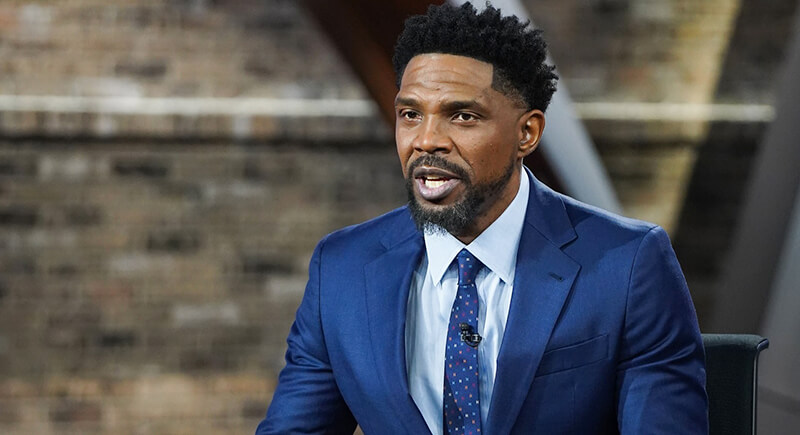
Credit: Instagram
In 2010, Udonis Haslem had offers from teams willing to pay up to $14 million more than what the Heat were offering. Still, Haslem chose to stay in Miami, where he had spent his entire career. His reasoning was simple: loyalty to the city and the team. Haslem’s sacrifice allowed the Heat to sign key free agents.
James Harden
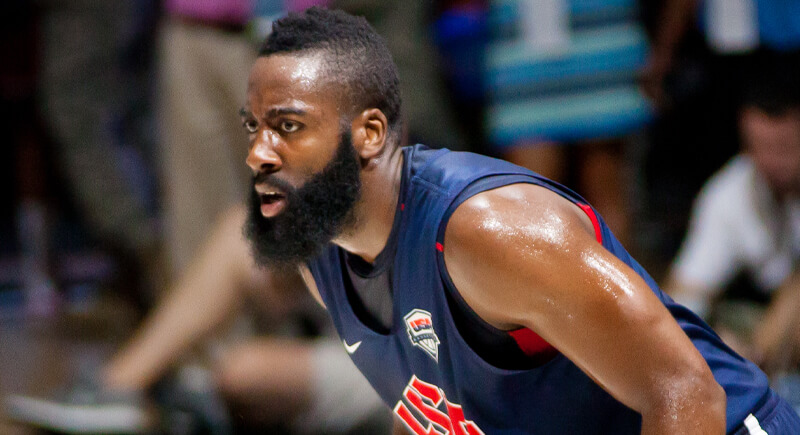
Credit: Wikimedia Commons
James Harden’s career has been defined by bold moves, and his decision in 2022 to take a $14 million pay cut with the Philadelphia 76ers was no exception. This was a move born out of pure strategy. Harden wanted the Sixers to have the resources to build a title-contending roster snf set the stage for something greater.
Tim Duncan
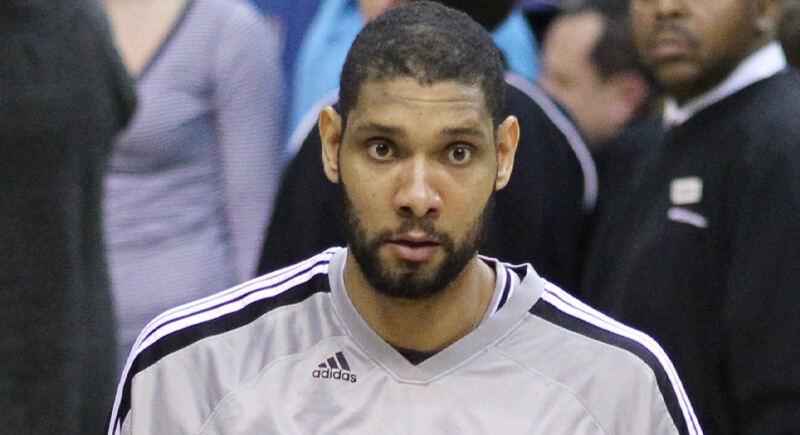
Credit: Wikimedia Commons
Tim Duncan’s nickname, “The Big Fundamental,” wasn’t just about his playstyle. In 2012, Duncan took a $10 million pay cut to sign a deal that gave the San Antonio Spurs the flexibility to stay competitive. Duncan’s legacy is built on consistency and selflessness, and this decision encapsulated everything that made him a cornerstone of one of basketball’s greatest franchises.
Shaquille O’Neal
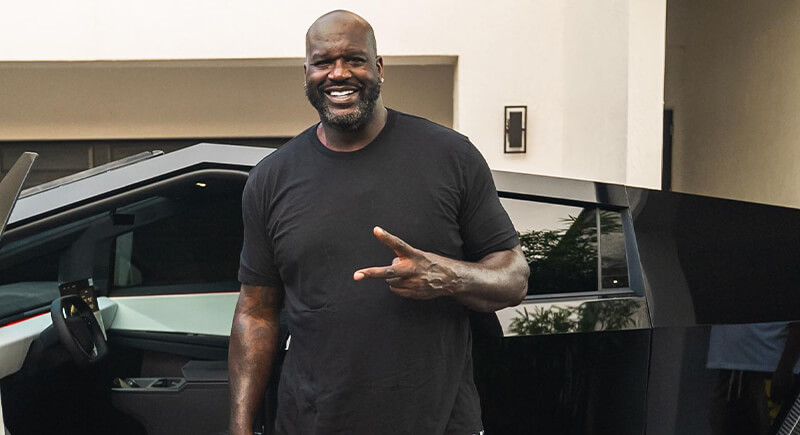
Credit: Instagram
When Shaquille O’Neal joined the Miami Heat in 2005, he was taking a $10 million pay cut to do it. At the time, Shaq’s career was at a crossroads. His decision to leave the Los Angeles Lakers for Miami was for him to mentor younger players like Dwyane Wade while keeping his championship hopes alive. The move paid off when the Heat won their first-ever title in 2006.
Kevin Durant
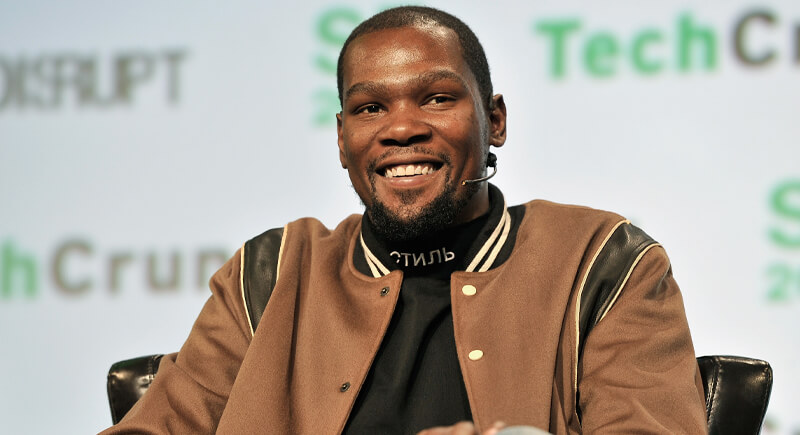
Credit: Wikimedia Commons
Kevin Durant took a $10 million pay cut upon his re-sign with the Golden State Warriors in 2017. His main reasoning was to help the team retain crucial players like Andre Iguodala and Shaun Livingston. His sacrifice helped keep the team’s chemistry intact and led to another NBA title.
Andrei Kirilenko

Credit: Wikimedia Commons
Andrei Kirilenko’s decision to take a $7 million pay cut in 2013 to join the Brooklyn Nets was unusual but telling. This player was known for his versatility, and he prioritized playing for a team where he felt comfortable over securing a larger paycheck. While the move didn’t result in a championship, it was nonetheless the right environment to thrive as a player.
Mike Bibby
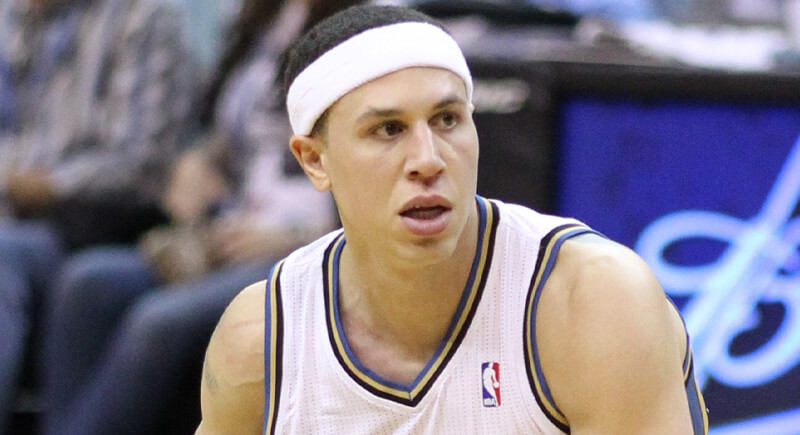
Credit: Wikimedia Commons
As Mike Bibby was nearing the end of his NBA career, Instead of holding onto a $6.2 million salary with the Washington Wizards, he opted for a contract buyout to join the Miami Heat for a minimum deal. Bibby’s decision was clear—he wanted one last shot at a championship, even if it meant giving up millions. While the Heat fell short that season, Bibby’s move showed his willingness to prioritize ambition over comfort.
Jerome Bettis
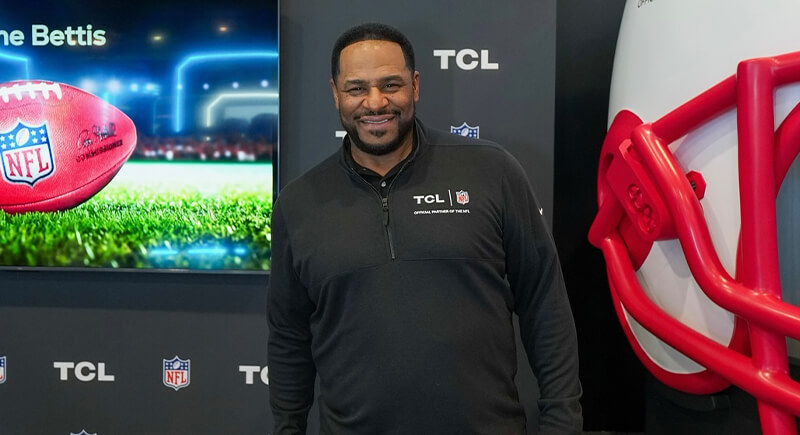
Credit: Instagram
Like Bibby, before retiring, Bettis wanted one more shot at a championship with the Pittsburgh Steelers. To help the team strengthen their roster, Bettis accepted a $3 million pay cut. His sacrifice paid off when the Steelers won Super Bowl XL and allowed Bettis to ride off into the sunset with a title.
Wayne Gretzky
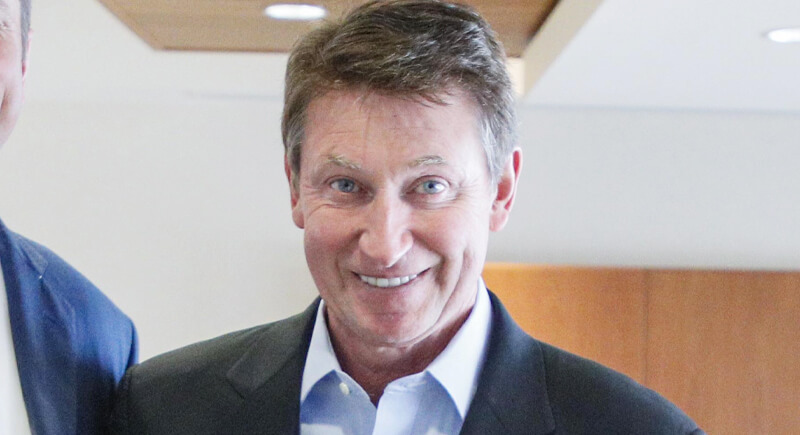
Credit: Wikimedia Commons
Even Wayne Gretzky, the greatest hockey player of all time, made financial sacrifices. In 1995, Gretzky took a $2.3 million pay cut to remain with the Los Angeles Kings. His decision was rooted in loyalty to a team and city he had grown to love. He wanted to maintain a connection with the game and the fans.
Tom Brady
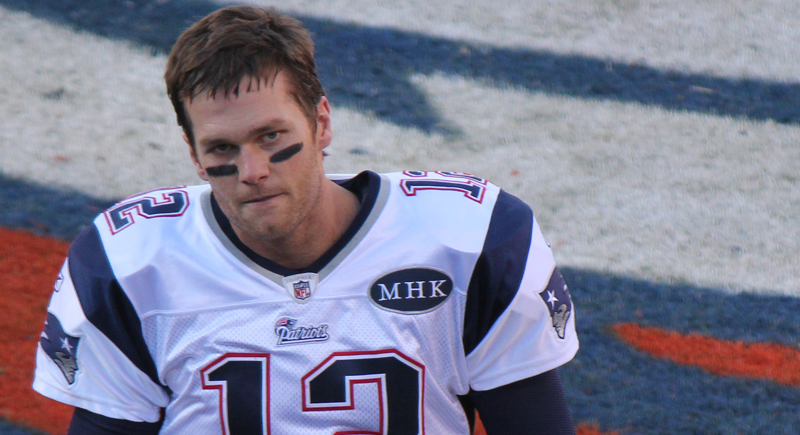
Credit: Wikimedia Commons
In 2014, Tom Brady adjusted his contract with the New England Patriots, converting $24 million in guarantees to injury-based protection. The move provided the team with financial flexibility to re-sign key players, including Darrelle Revis and Devin McCourty, thereby helping New England sustain its championship-caliber roster and long-term dominance.
Novak Djokovic
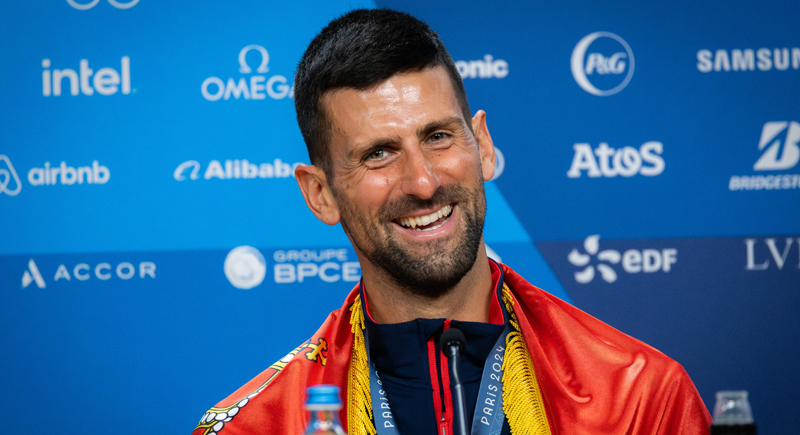
Credit: Wikimedia Commons
Novak Djokovic accepted lower earnings after ending his sponsorship with Sergio Tacchini in 2012, a deal that collapsed due to financial issues. He then partnered with Uniqlo on a five-year agreement, reportedly valued at €8 million annually, prioritizing brand stability and global reach over short-term financial gain in his endorsements.